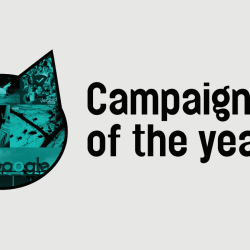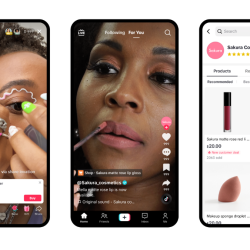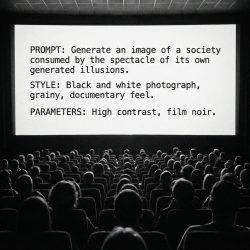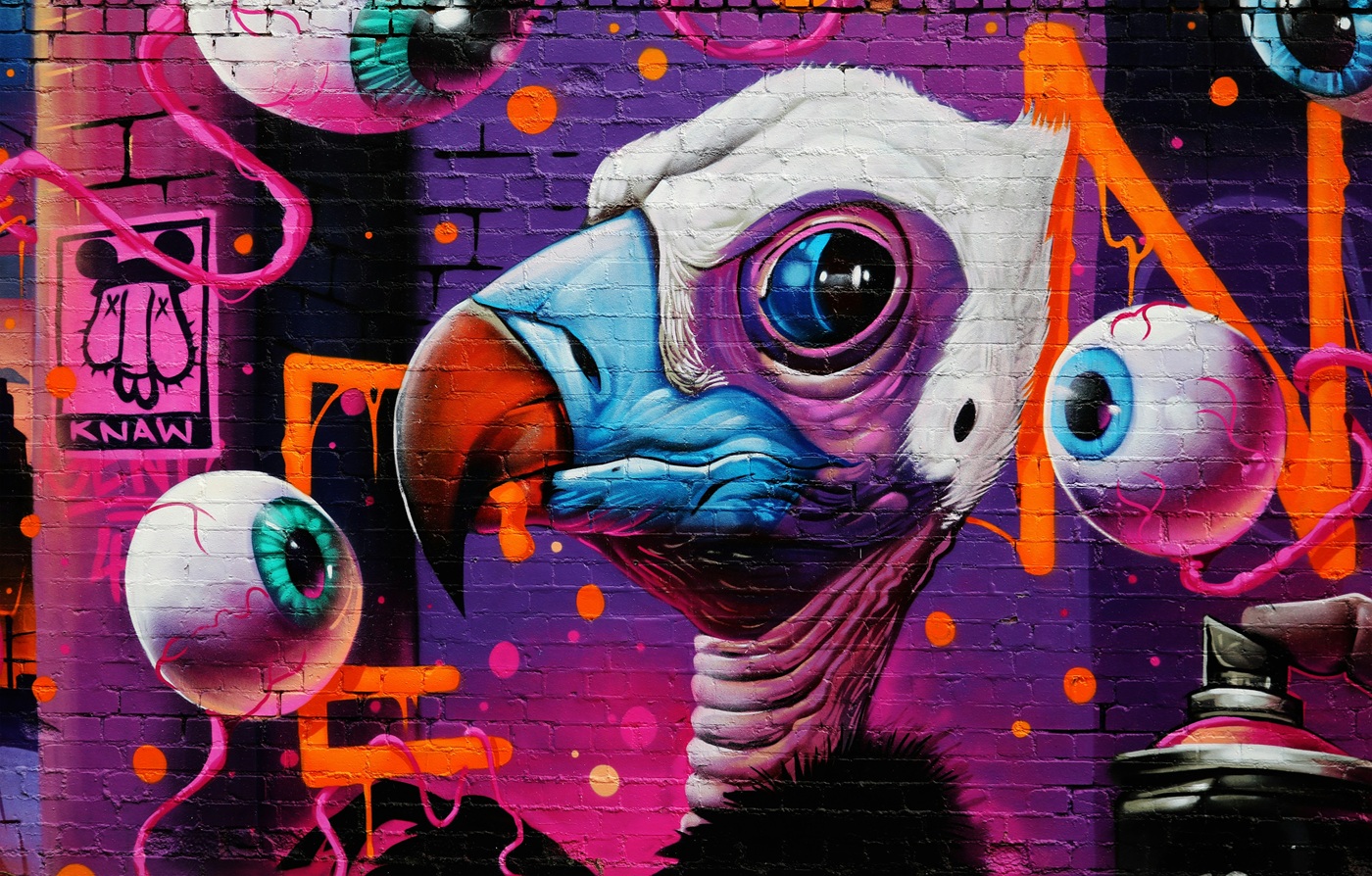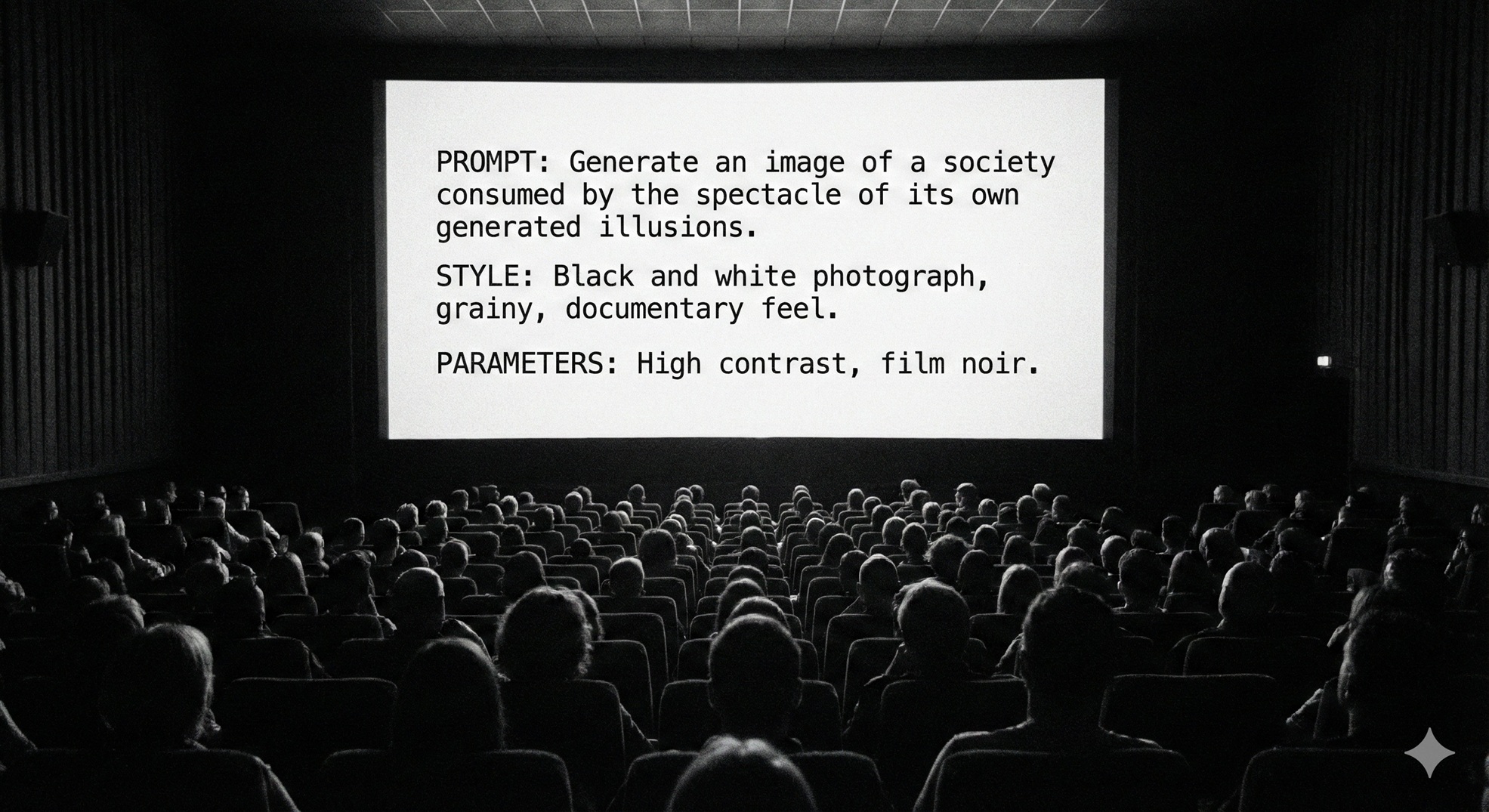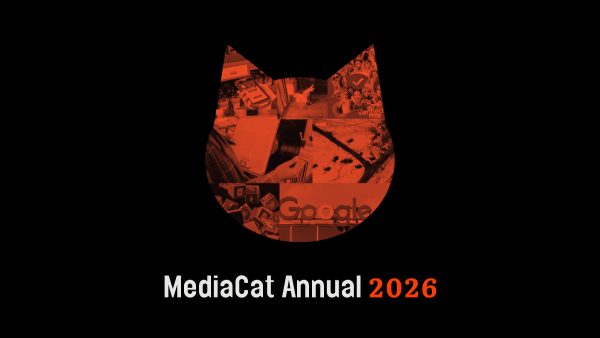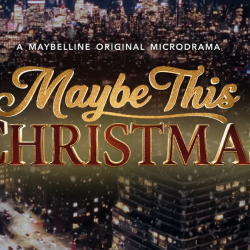We have been watching cringe comedy for some time now— beginning for an older generation with Seinfeld on television, and taking off in earnest with Curb Your Enthusiasm. In those shows, the source of cringe was the pettiness of everyday life: the person who indulges their baser instincts and is willing to share them with their friends for our entertainment. Curb evolved the formula to great effect, with celebrity pettiness bordering on immoral. The Office (both versions) saw that same cringe formula applied to our work lives. British cringe comedy will always be more cutting, and this form of modern satire will always be relevant, but in the current cultural climate, it’s gotten edgier.
Fundamentally, the cringe genre of comedy is about the awkwardness that comes from individual failings: the inability to follow the social script or the unwitting breach of unspoken social boundaries. The lack of self-awareness and a desperate attempt to belong, or to win: these are the raw materials of cringe. Think Succession’s Kendall Roy trying too hard to be loved by his father, The [US] Office’s Michael Scott wanting so badly to have a partner or Veep’s Selina Meyer losing her dignity while chasing the US presidency.
In this sense of exposure, cringe has a lot to do with authenticity. It’s not quite the truth (now all relative) or earnest, feel-good cheese TV, which relies on tired but easy and reassuring shared tropes — like the unashamedly sincere The Summer I Turned Pretty. Cringe is the awkward side of real authenticity, with characters unintentionally exposing vulnerability to our collective jaw drop. Cringe is the moment when self-presentation fails and something raw leaks out. Despite the awkwardness, audiences will enjoy it because, subconsciously, it makes them feel better for knowing the rules and that someone is doing worse.
The older forms of cringe comedy are therefore comforting, whereas newer and more elevated forms of cringe—Fleabag, The Rehearsal—are more self-aware and experimental. Breaking the fourth wall with confessionals, or exploring exposure via the reality TV format like cringe master Nathan Fielder’s orchestrated/staged discomfort, or the even more fascinating fictional backstage of reality TV on The Curse, exposing all of the fear and hypocrisy behind perfectionism and influence. The same deliberate design underpins Friendship (2024), the Tim Robinson–Paul Rudd dark comedy, to truly worrisome effect.
These scenarios have become almost like car crashes in terms of how hard they are to look away from. In another kind of intellectual boundary pushing, exploring the topic of mental illness, the deliberate self-exposure in Lady Dynamite (Maria Bamford’s brilliant, near-chaotic meta-autobiography) is so idiosyncratic it risks alienating a mass audience and falls into niche territory.
Cringe, in its best forms, tests how much awkwardness audiences can tolerate before the connection breaks. It requires a critical awareness of the unspoken rules governing social interactions in order to function well. A lack of self-awareness, meanwhile, leads to the worst kind of cringe content: the unintentional. The downfall of And Just Like That exemplifies unintentional cringe, born of a fatal lack of self-awareness on the part of the writers and producers.
Cringe content — intentional or not — speaks to our hyperawareness of performance and the impossible demand for ‘realness’.
So, what are some takeaways for media owners, creators, and brands?
- A winning cringe formula: There’s a clear appetite for content that produces a cringe effect while staying just on the right side of second-hand embarrassment. Certain formulas are proven to work well, i.e. a character’s lack of self-awareness + desperate attempt to win or fit in. Replicating the formula of The Office in other everyday contexts is a safe bet for evoking positive cringe.
- Awkwardness as authenticity: For those looking to push the limits, a more radical option involves exploring the fact that social life is awkward. This is true for everyone, not just the fall guy (Michael Scott, Kendall Roy). Authenticity has been a buzzword for so long that it’s now lost meaning — but leaning into the awkwardness of social life certainly feels ‘authentic’.
- Cringe as criticism: in this volatile environment, cringe can be used to enhance and highlight moral pitfalls we’re seeing today.
- Permission to avoid: Of course, you have our permission to avoid the genre entirely if making audiences cringe isn’t a Q4 goal. On the other hand, Cringe for Christmas does have a certain ring to it…
Main image by Ivan Aleksic on Unsplash

